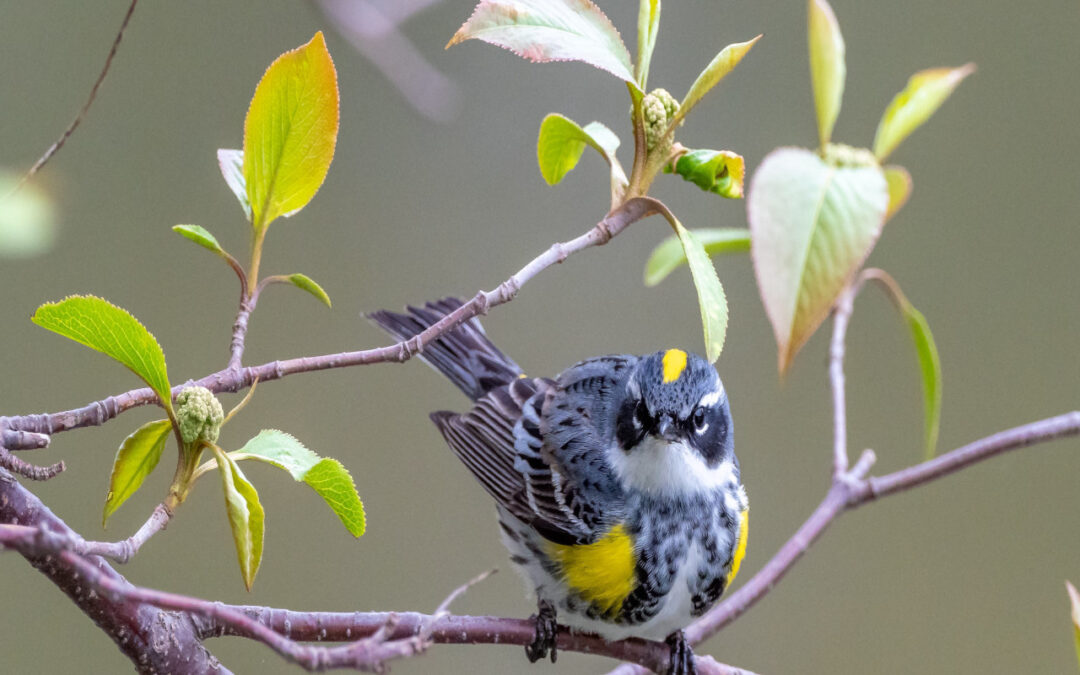Bird watching is one of the fastest-growing outdoor recreational activities. If you are one of those who are interested in this activity, some tips would make this experience a notch higher.
For birdwatching newbies, identifying a bird can be challenging. Birds are active and fast-moving animals, and you need to spot as many details as possible in a short period. Some tips experienced bird watchers do to maximize the short and precious time for viewing.
Once a bird is immediately spotted, maximize every moment of seeing and observing the bird. Take note of its markings, movements, song, feeding habits, and size, you can also start sketching things that catch your eye. Get the most out of the time that you that specie in front of you.
Birdwatching is more of an auditory activity. Birds are best identified by their vocalization compared to how they look like. Listening to a bird’s vocalization is simple, but it’s also easy to forget. When identifying a certain song to a bird, notice the movement of the bill. This would make sure that the song is indeed coming from that specific bird.
Knowing or estimating the approximate size and shape will give many clues about the bird’s family. Begin with the bird’s appearance, overall. Also, notice the body shape and the silhouettes. Also, notice details in the head and the bill characteristics. After the head and the bill, notice the bird’s body, wings, and tail. After observing the body, study the bird’s legs.
Observing how the bird walks and how it moves can also determine the species of the bird. If possible, try to determine what the bird eats or how it eats. Also, note the habitat, region, and climate where you have observed the bird. You can do this even after the bird has left. Each region has its type of bird, depending on its weather condition. Note the region where you have observed the bird. Also, birds migrate, so make sure that you have considered the time of the year.
Make sure to jot down your observation for later reference. Write down anything that you have noticed, it can help when you later sit down with a field guide to confirm the bird’s species.
Equipment-wise, a pair of good binoculars helps locate and identify distant birds. Bird watchers can watch colored clothing to blend with the surroundings. Long-sleeved cotton shirts, long pants, and leech socks help protect you from insects and leeches. Field boots will keep your feet dry and provide traction on slippery terrain.
When bird watching in parks, some provide shelters, both elevated and ground level. These assist bird watchers and photographers alike. When photographing birds, use long-range lenses and flash equipment.
When bird watching with friends or with family and suddenly you have spotted a rare bird species, don’t give vague directions. Be as specific as you can, first use large points of reference, then get more detailed. Once the person is looking at the right object, use the clock system to pinpoint the direction. To give the proper directions, you can practice when you’re birding alone.
Bird watching is a recreational activity that is best experienced when you know how to make the best out of it.


